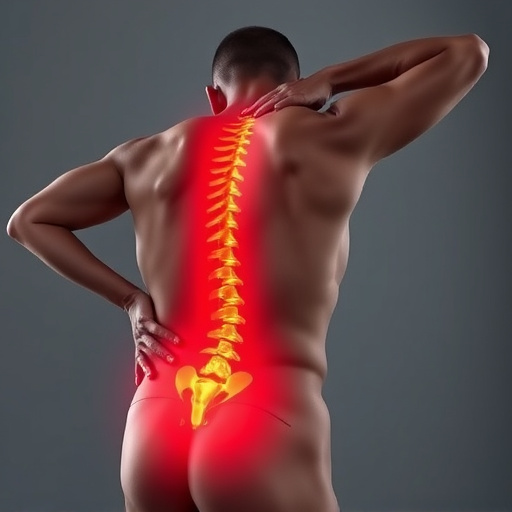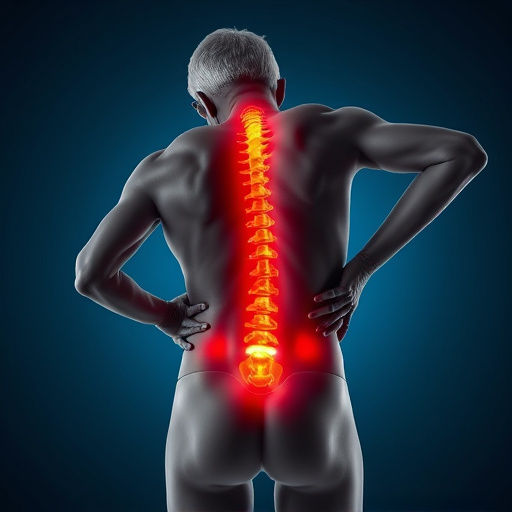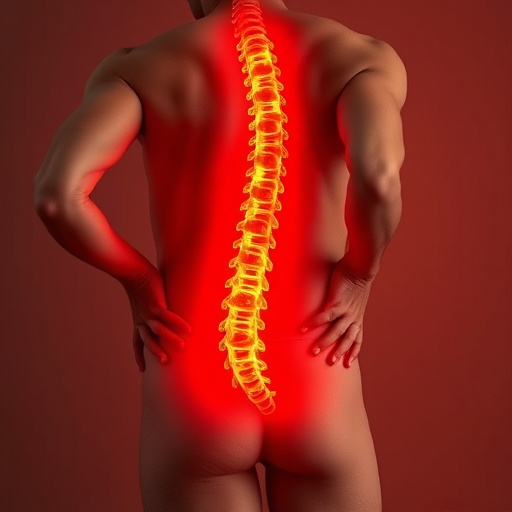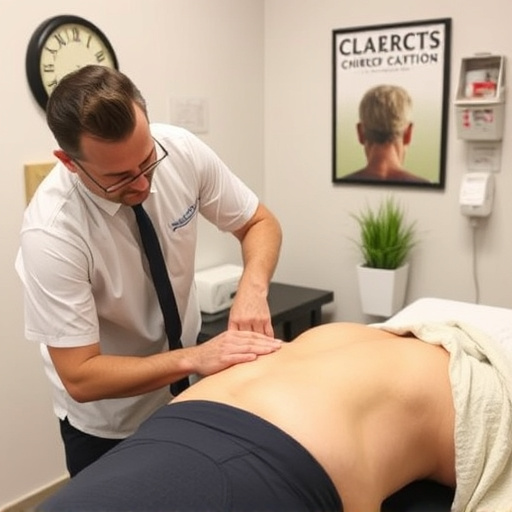Soft tissue shockwave therapy is a non-invasive treatment using low-energy sound waves to heal muscle, tendon, and ligament injuries, offering an effective alternative to surgery for chronic pain relief and accelerated recovery, enhancing natural healing mechanisms through angiogenesis and immune cell modulation.
Discover how soft tissue shockwave therapy is transforming rehabilitation. This innovative treatment targets deep-seated issues by harnessing the power of shockwaves to restore soft tissue elasticity. From understanding the intricate structure and function of muscles, tendons, and ligaments to exploring the science behind shockwave therapy, we delve into the mechanisms that make it an effective solution for a range of conditions. Uncover the remarkable process through which this non-invasive approach revitalizes and renews your body’s soft tissues.
- Understanding Soft Tissue Structure and Function
- The Science Behind Shockwave Therapy
- Mechanisms of Elasticity Restoration in Soft Tissues
Understanding Soft Tissue Structure and Function

Soft tissue, comprising muscles, tendons, ligaments, and fascia, is a vital component of our bodies, playing a crucial role in movement, support, and stability. This intricate web of structures allows us to perform daily activities and maintain posture. Understanding its complex architecture and function is essential when considering treatments like soft tissue shockwave therapy.
Shockwave therapy, an innovative approach to chronic pain relief, targets these soft tissues by delivering low-intensity acoustic waves to damaged areas. It’s particularly effective for conditions such as tendonitis, muscle spasms, and even herniated disc treatment, offering a non-invasive alternative to surgery. By promoting natural healing processes, this therapy restores the elasticity and function of soft tissues, enabling personalized treatment plans tailored to individual needs.
The Science Behind Shockwave Therapy

Shockwave therapy is a groundbreaking non-invasive treatment that leverages low-energy sound waves to target and heal soft tissue injuries. The science behind this innovative approach lies in the use of acoustic pressure waves, which are transmitted through the skin and into damaged muscle, tendon, or ligament tissues. This process stimulates fibroblasts, the cells responsible for collagen production, leading to an enhanced repair and regeneration process.
Collagen is a crucial component in maintaining soft tissue elasticity, and shockwave therapy promotes its synthesis. By activating these cells, the body naturally initiates a healing response, accelerating the restoration of soft tissue structure and functionality. This therapy is particularly effective for athletes and individuals suffering from chronic or acute soft tissue injuries, offering a non-surgical alternative for rehab services that can help patients regain mobility and return to their active lifestyles.
Mechanisms of Elasticity Restoration in Soft Tissues

Soft tissue shockwave therapy has gained recognition as an innovative approach to restoring elasticity in injured or stiffened soft tissues. This non-invasive technique leverages low-energy acoustic waves, known as shockwaves, to stimulate cellular activity and initiate natural healing processes. The primary mechanisms behind its effectiveness lie in the modulation of cells’ behavior and the enhancement of extracellular matrix (ECM) remodeling.
By applying shockwaves, the therapy promotes angiogenesis, encouraging the growth of new blood vessels that deliver essential nutrients and oxygen to the treated area, which is particularly beneficial for auto accident recovery and car accident injury care. Moreover, it can reduce chronic inflammation by modulating immune cell function, contributing to headache relief and overall tissue repair. This multifaceted approach not only improves soft tissue elasticity but also accelerates the body’s natural healing mechanisms, making it an attractive option in the realm of rehabilitation and pain management.
Shockwave therapy has emerged as a groundbreaking approach to restoring soft tissue elasticity, offering promising results for various musculoskeletal conditions. By utilizing focused acoustic waves, this non-invasive treatment targets deep tissues, stimulating cellular repair and enhancing collagen production. The mechanisms behind shockwave therapy’s effectiveness include breaking down scar tissue, increasing blood flow, and promoting neuroplasticity. As research continues, soft tissue shockwave therapy holds significant potential in revolutionizing the field of rehabilitation, providing long-lasting relief for patients suffering from chronic pain and soft tissue injuries.














